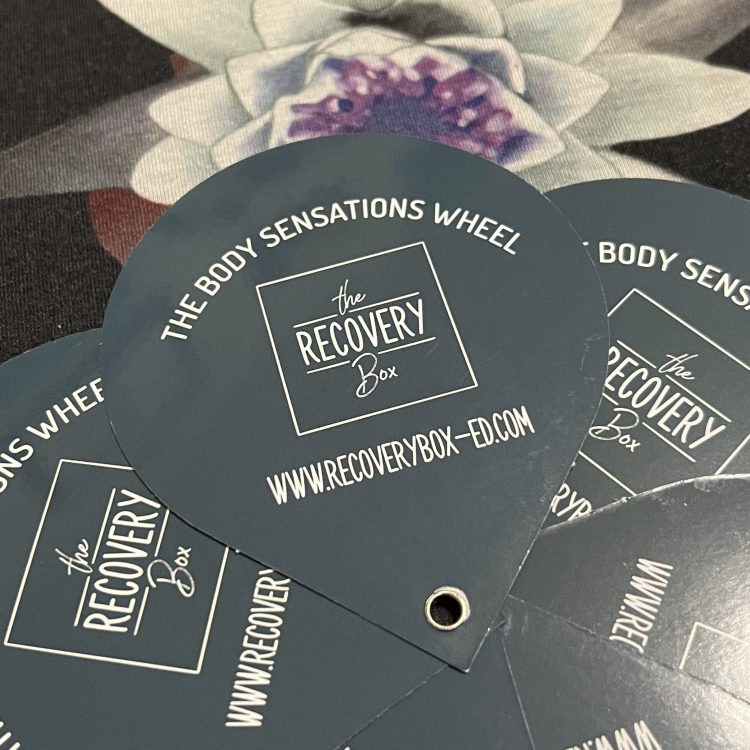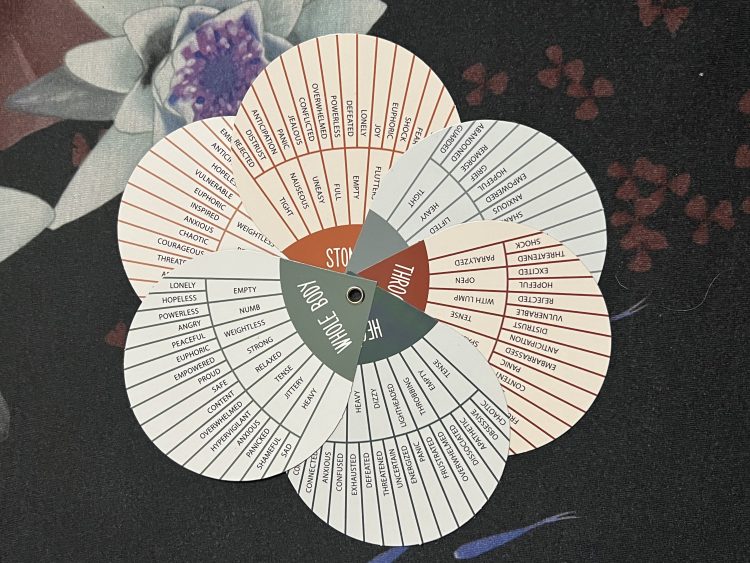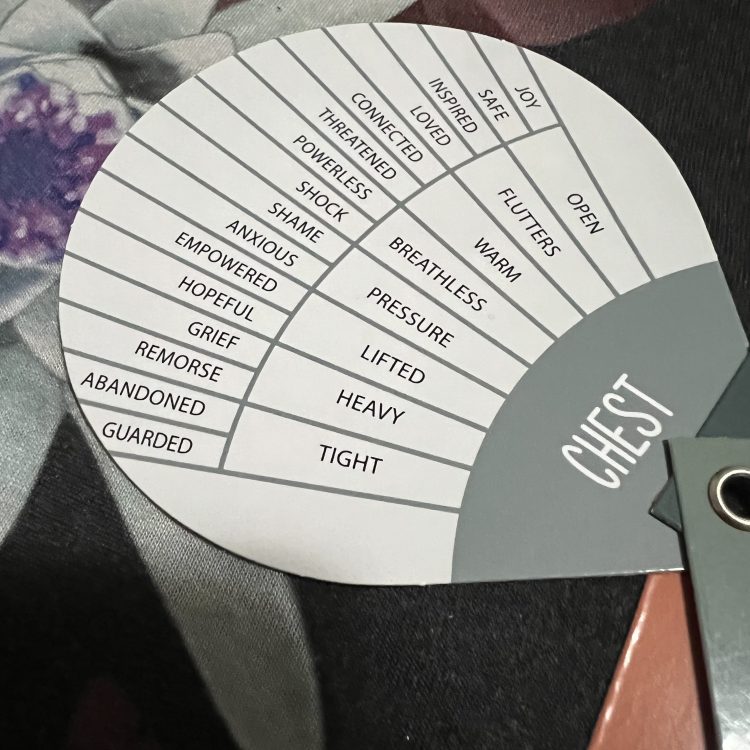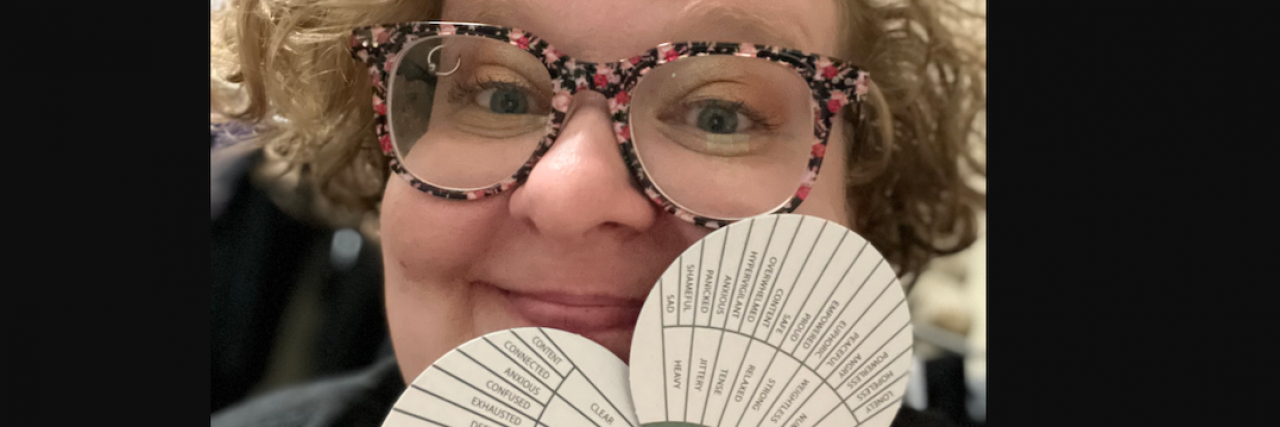There are two questions I often don’t know what to do with.
“Where do you feel that in your body?”
and
“Can you describe that a little more for me?
My reply is typically a shrug of the shoulders.
I’m not attempting to be aloof, I’m genuinely unsure of how to answer. Whether the questions are coming from my therapist, a doctor, or some other sort of other professional — I struggle to find the words to explain what’s going on inside of me. I used to think it was just a weird quirk, but eventually I learned this is common for folks with a history like mine.
In my case, this trouble stems from past trauma, trauma that also developed into complex PTSD. Disconnecting my mind and body was a useful survival skill, especially when it was needed.
It turns out that once safety is found, reengaging the mind/body connection is not like flipping a switch — it takes patience and hard work. I’ve now reached a place where I notice what’s going on with my body a lot more, but I still get a little stuck on understanding what the feeling is exactly.
Cue my therapist.
Have you heard of the Body Sensations Wheel?
Nope! I’ve heard of just about every other type of therapy wheel. Heck, I’ve created my own scales, cards, and similar things. But I hadn’t heard of this one. So naturally I had to have it.
It looks like this:


Each card represents an area of the body. It then expands to what sensation you might feel there and what that could represent emotionally. I find it to be straightforward and (at least in my case) pretty accurate.
I use it in a few different ways.
1. Random check-ins.
I started off using it this way, as I was unsure if I would remember to look at it when I was feeling upset or disconnected. This has helped me realize that even when I’m in a neutral place, if I slow down and scan myself, there are still things to notice.
2. When I know I’m feeling something, but don’t know what.
As I mentioned prior, I’ve had more success with general awareness of sensations — but I tend to struggle with naming them. So with this tool, I can pick out the body part without much effort, then look over the card and search for a match. Most of the time I find one, and that simple act of naming things can be a stabilizing force when things get wobbly.

3. When I’m feeling a lot, but need to connect to my body.
On the other hand, there are also times when I know exactly what emotion I’m feeling, but fail to connect it with my body. In this case, I can use the wheel in a bit of a backwards way — find the emotion on the outer part of the card, then do a little detective work and see if it corresponds to a sensation and where on the body it is. This backwards method doesn’t always work, but even so, it engages my thinking brain in a way that is not the norm for me. I also sometimes figure out what something is based off what it is not. It’s a useful experiment!
4. Figuring out what to do about it.
The natural last step for me seems to be asking myself if I’d like to do something with this feeling. Sometimes the answer is no. It just needs a place to exist, it wants recognition, or it’s already passed. Other times I need to experiment. OK, maybe this feeling would like a nap or a gentle walk. I try it and get to learn what ends up being helpful. Then there are the times I know exactly what’s needed, like ice cream or a hug. And sometimes, because life is like this, I choose to acknowledge it but then not really do anything with it. Sometimes we are busy or don’t feel we have the energy to “do the thing.” And that’s OK too.
I’ve only been using these cards for a little over a month, so I know I will continue to learn and grow as I use them. I also know they are not a magic wand, for me or anyone else. Yet like most things mental health related, they can be another awesome tool in our toolbox. If you like the idea, but find what’s provided doesn’t mirror your experience, you could even get creative and make your own. And how cool is that?
Have you heard of a Body Sensations Wheel? Have you used this one or something similar? Did you learn anything that surprised you? Any tips or tricks on ways to use it? Let me know in the comments below!
If you enjoyed this article, please take a moment to check out some of my other articles here on The Mighty. If you’d like to follow along with my journey, you can find me on Instagram as @mentalhealthyxe.

